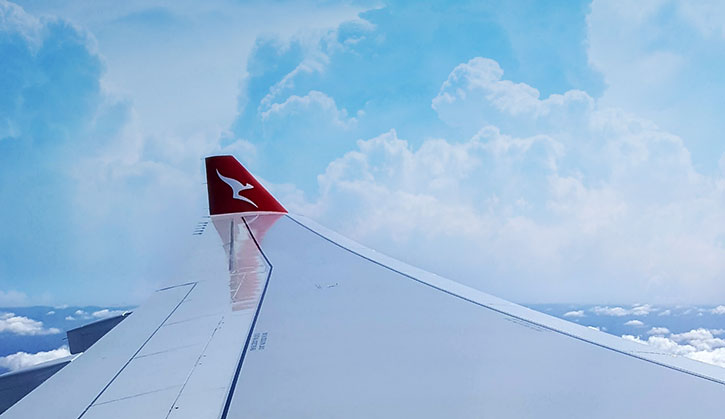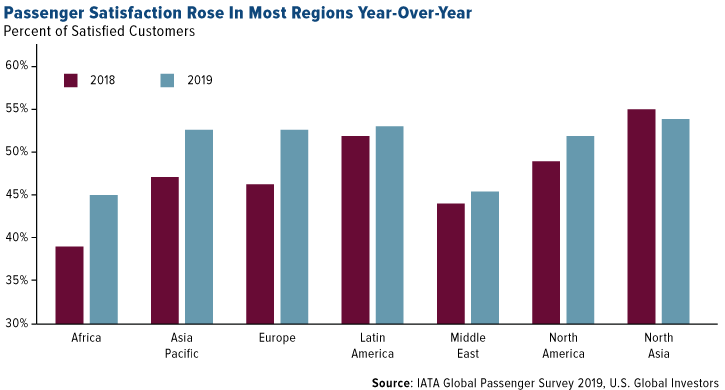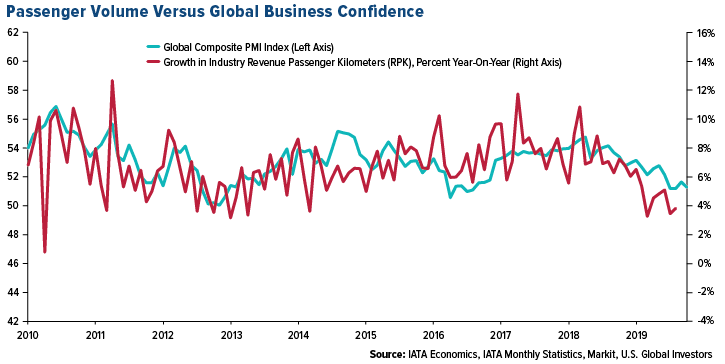
A new record has been set for the world’s longest commercial flight: 19 hours and 16 minutes. That’s how long Qantas Airways’ test flight from New York to Sydney was in the air – taking off from New York at 9pm on Friday, October 18, and landing halfway across the world in Sydney, Australia, at around 7:45am on Sunday, October 20. The flight came in just short of the estimated 19 hour and 30 minute journey.
Nicknamed Project Sunrise, ultra-long haul routes are being tested by Australian carrier Qantas to see if passengers can handle almost an entire day of traveling without a layover, and if a plane can travel that far. The test flight had just 40 passengers and 10 crew members since planes with a full passenger and cargo load cannot fly that far yet. This record-setting flight dethrones Singapore Airlines’ 18 hour and 45 minute journey between Newark and Singapore that debuted in 2018.
In addition to helping passengers get to their destinations faster, the airline is testing how to mitigate the effects of jet lag, which can be severe for frequent travelers of long haul flights. The test flight took a unique approach and aimed to get passengers functioning on Sydney time right after leaving the gate at Newark airport. Select passengers and crew members participated in the research study to monitor how they feel during and after the flight.
Business Insider reports that Qantas will test another flight, London to Sydney in the coming months that will be 500 miles longer, or about one hour more in the air.
Growing Market for Jet Lag Therapy
Longer flights equal worse jet leg for the traveler. Crossing multiple time zones can negatively affect passengers by causing fatigue, poor concentration, reduced alertness, memory problems and more. This is precisely why Qantas conducted its research test on the flight.
According to BIS Healthcare, the global jet lag therapy market is expected to reach $732.4 million by 2023, growing by a compound annual growth rate of 6.3 percent. BIS says demand for solutions to overcome jet lag is due to the increase in the number of regular flyers, and elderly flyers.
Long haul flights are driven by business demand, and if one airline can help passengers recover from jet lag symptoms better than another, it could result in more loyal customers. Qantas created a specialized meal plan, scheduled physical activity and regulated lighting to keep passengers awake during the daytime and asleep during nighttime.
According to the IATA Global Passenger Survey, customer satisfaction rose in all regions, except North Asia, from 2018 to 2019. Customer loyalty, driven largely by customer satisfaction, is increasingly important for airlines due to high competition. In an October 18 note, IATA Economics writes that “customer loyalty is a source of competitive advantage which, in turn, will help to support financial performance.”

Will Slowing Global Growth Impact Airlines?
The global composite purchasing manager’s index (PMI), which serves as a measure of business confidence, has been falling for months now. A worsening economic outlook can sometimes result in a slowdown in travel to cut spending. PMI and revenue passenger kilometers (RPK) do share a rough correlation, as seen in the chart below.

However, RPKs grew at 3.8 percent in August, up from 3.5 percent in July, while PMI continued to fall. IATA writes in its August report that the moderate trend in passenger traffic could continue despite worsening economic conditions in several key markets.
Carriers too are optimistic about travel demand despite growing headline news of an impending recession. United’s Chief Commercial Officer Andrew Nocella said, “I’ve never seen a bigger disconnect between the global headlines in terms of the economy and its potential impact on travel, and then the numbers I see here at United.” The airline reported strong third quarter earnings and says it expects to increase capacity by 3.5 percent by the end of 2019 due to strong travel demand.
For the latest updates on the airline industry, subscribe to our list to receive a monthly recap of the top stories!
Revenue passenger miles (RPMs) and revenue passenger kilometers (RPKs) are measures of traffic for an airline flight, bus or train calculated by multiplying the number of revenue-paying passengers aboard the vehicle by the distance traveled.
The Purchasing Manager’s Index is an indicator of the economic health of the manufacturing sector. The PMI index is based on five major indicators: new orders, inventory levels, production, supplier deliveries and the employment environment.
